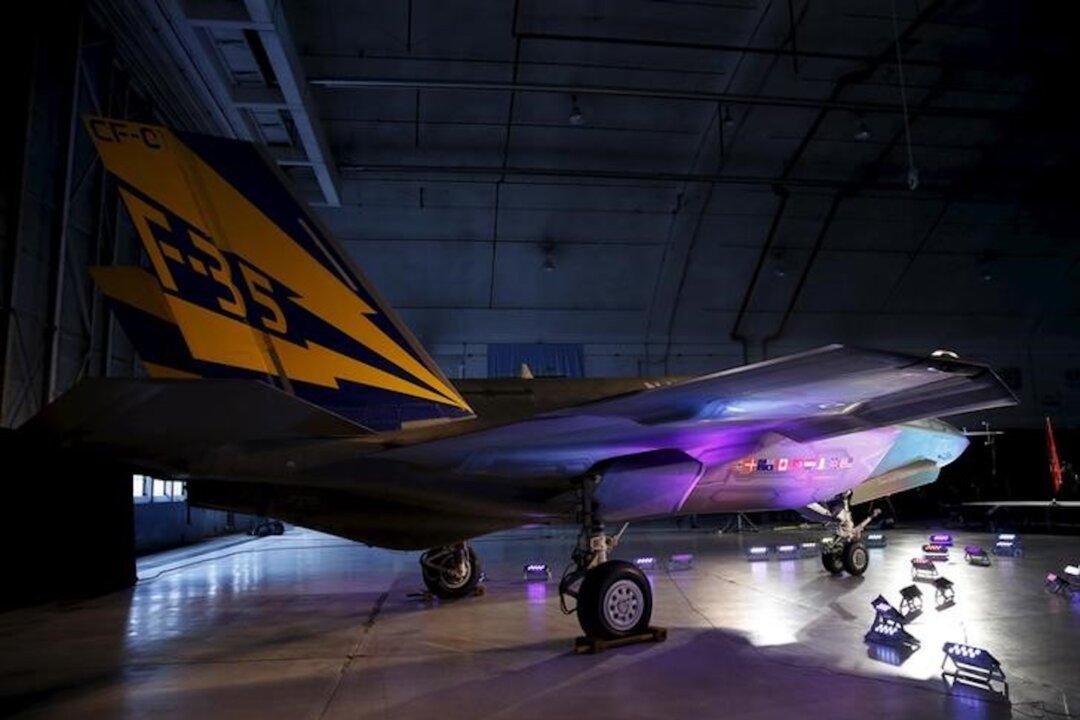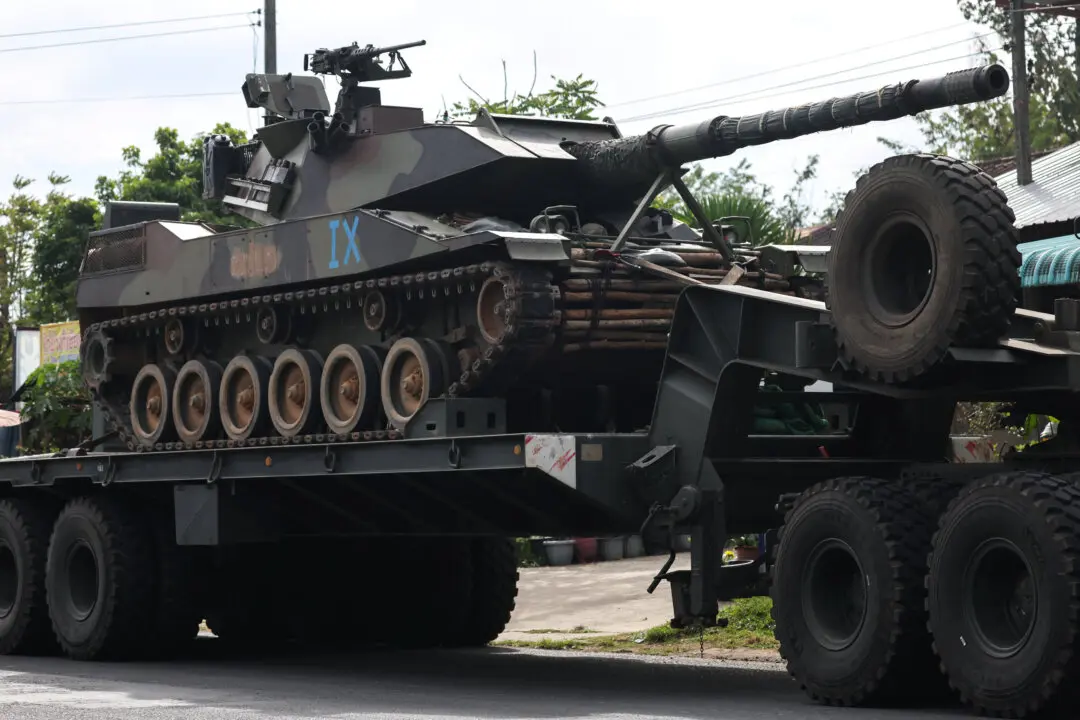WASHINGTON—The Senate Armed Services Committee unveiled a draft bill on May 23 that targets China on several fronts, from stemming the erosion of the U.S. military advantage against Beijing to countering the growing Chinese influence around the world.
The $750-billion proposal would also authorize the U.S. military to buy more Lockheed Martin F-35 jets and fully fund a program to modernize the U.S. nuclear weapon arsenal.





